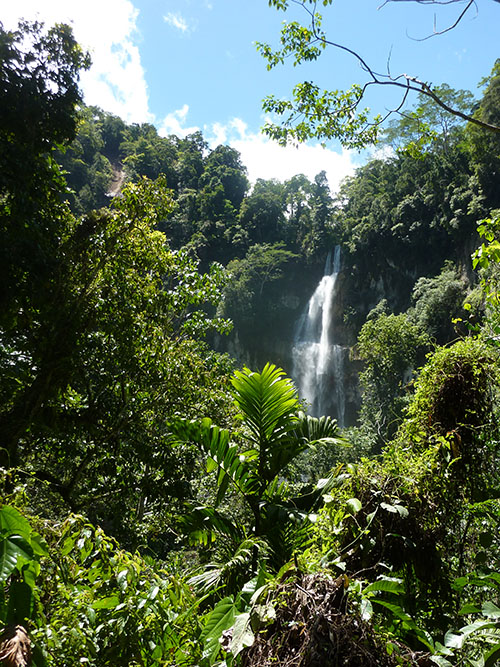In May 2016, the National Commission of Natural Protected Areas (CONANP) decided to temporarily suspend visits to Playa del Amor due to the impact of unregulated tourism activity in the national park. This decision forces stakeholders to redefine the way tourism will be done in the protected natural area.
Multiple meetings were held with all tourism service providers, authorities, and academics to define new rules, agree on rights to use the beach, and commit to co-investment.
The main rules that were established were the carrying capacity (116 people per day), the number of people on the beach at the same time (15), the maximum stay (30 min), the prohibition of the use of fins and the obligation to wear a helmet and vest to access the beach, and the exclusive use of the beach for tourist service providers (TSPs) with boats with a maximum of 15 passengers.
On the other hand, during the closure of the tourist activity, coral restoration activities are carried out, cleaning the seabed and monitoring the composition and structure of the reef communities.
This building block is led by the authority, in this case CONANP.
CONANP's firm decision to close the park forced everyone to sit down at the table to negotiate and reach agreements quickly in order to reopen the ANP.
The leadership, credibility, and trust that the Director of the protected natural area (ANP) generated among the various stakeholders.
The previous professional work of the ANP's management in the Marietas Islands.
The participation of PST and all the government agencies involved.
The Mexican government, through CONANP, should regulate tourism activity in NPAs to ensure the sustainability of the activity; however, it should not subsidize management actions to maintain the activity. It is the TSPs who can and should cover the costs associated with the management of their activity. Islas Marietas and its TSPs become a national pioneer in achieving this through its collection mechanism.
Management decisions, such as beach closure, should be made based on scientific information relevant to the problem and with ample communication with stakeholders.
